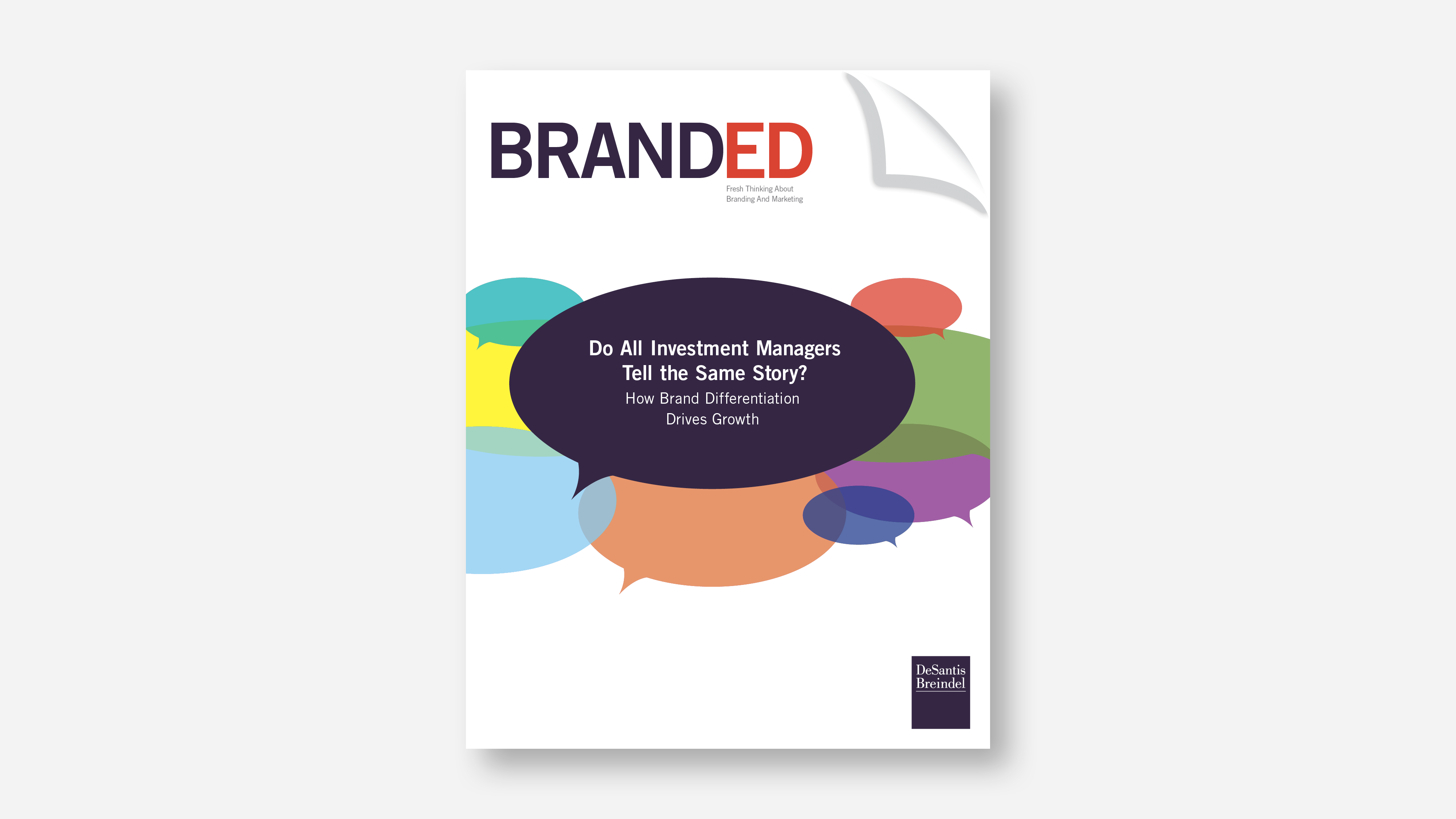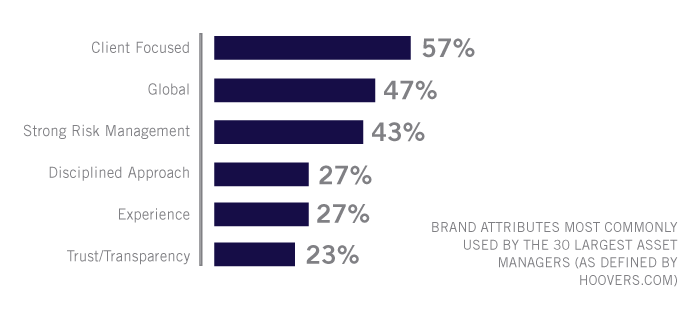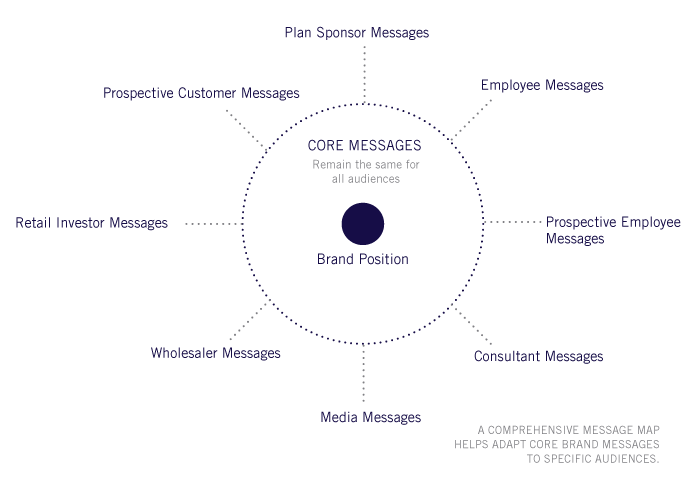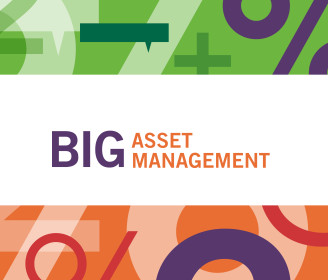Stop Blaming Your Tagline!
There are two assumptions about taglines we often hear during branding initiatives. They go something like this:
To stand out, a company needs a tagline.
When a tagline fails to catch on (and therefore fails to help a company stand out), it’s because it wasn’t very good.
The tagline’s promise – to concisely…






